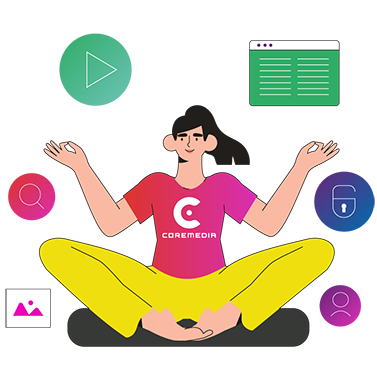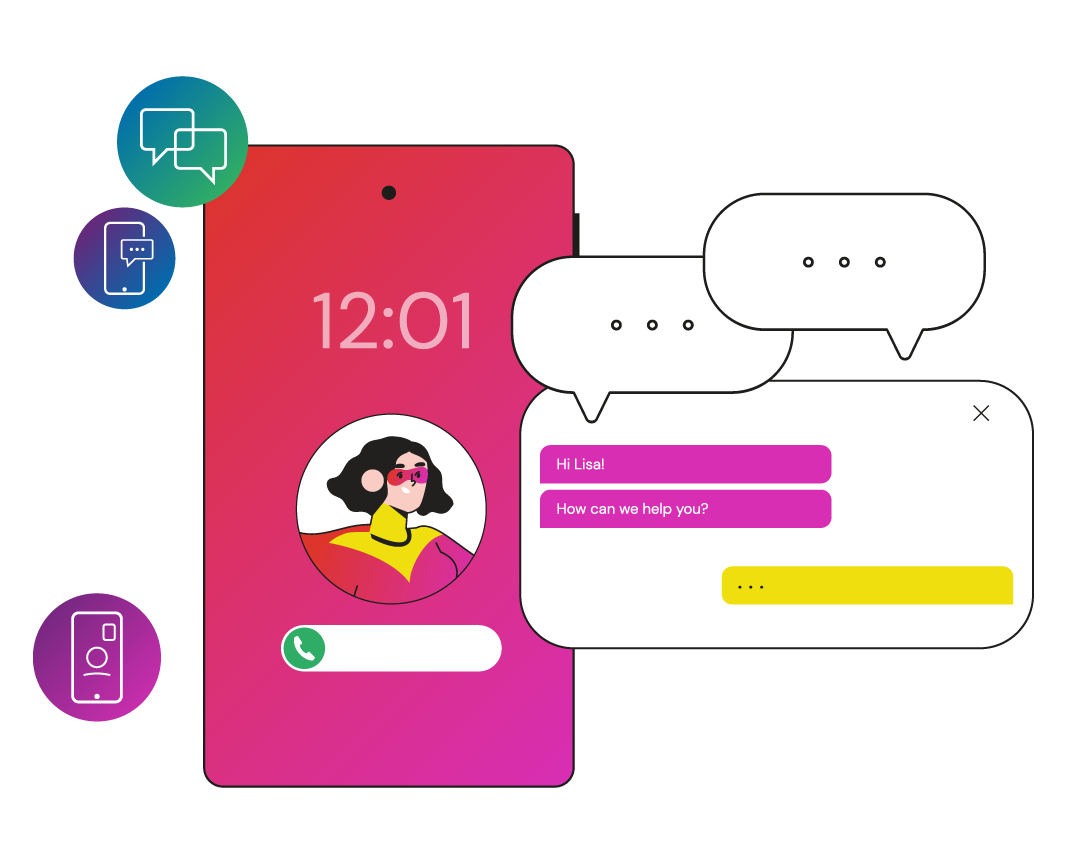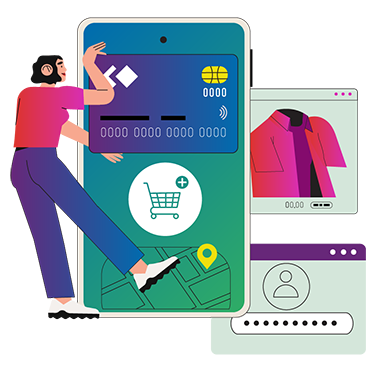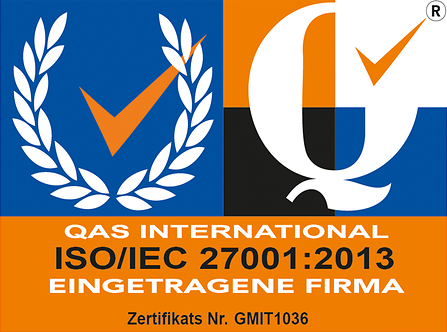Mary Laplante
Note: This is the last in a series of posts from our friends at the Digital Clarity Group (DCG), a research and advisory firm that helps organizations deliver world-class customer experience. Today's post is by Mary Laplante, DCG's Vice President of Client Services.
In early 2018, Digital Clarity Group undertook a major research program aimed at understanding how organizations approach their digital experience platforms (DXPs) – those collections of technologies that they use to create, orchestrate, and manage the digital experience (DX) delivered to customers, prospects, employees, and other stakeholders. We published the findings in a new report entitled Digital Experience Platforms: Buyer Trends, Preferences, and Strategies, available from DCG and from CoreMedia, a sponsor of the research.
As part of our investigation, we interviewed CoreMedia leaders to capture their insights on the current DXP landscape and how they see it evolving. One line of inquiry was about business drivers for investments in DX technologies. What problems, challenges, or opportunities are customers and prospects looking to address when they open their organizational wallets?
To paraphrase Joe Toppe, CoreMedia’s VP Sales and Customer Success for North America, a primary motivator for the company’s customers is the desire for agility as an antidote to fear. “Business agility is a key requirement for many of our customers, and in many cases, this need for agility is driven by fear,” he said. “In B2C, it’s fear of being made irrelevant by Amazon, especially among our retail clients. In B2B, the challenge isn’t Amazon. It’s fear of not being able to keep up with consumer expectations. B2B companies want to deploy innovations from the B2C world. This is becoming the new norm for B2B.”
Agility did, in fact, emerge as a key theme of the research – even though we didn’t explicitly ask about business agility in the survey or interviews we conducted. Our findings aligned with Joe’s observations that companies want to manage their fear of being made irrelevant by a Big Disruptor, and that agility is a strategy they identify for doing so. Here’s how the study numbers tell the story.
One of the six core issues explored in our research is how companies are managing their DXPs. Are they investing in a single-vendor end-to-end suite, or are they assembling their DXPs from components offered by multiple vendors? In our online survey of 300 managers, directors, and executives who were familiar with their organizations’ DX technologies, we asked: “Considering the existing DX technologies your organization has installed, as well as your organization’s strategic plans, which situation best describes your organization’s plans for buying new DX technology next year?”
- 66% of survey respondents say they prefer a multi-vendor approach,
- 31% say they prefer a single-vendor approach, and
- 3% said they have no plans to buy DX technologies in the next year.
Multi-vendor DXPs can be constituted from best-of-breed components, built with a single-vendor backbone augmented by other vendors’ best-of-breed components, or developed in-house from open-source components. The break-outs are shown below.
We then asked why the preference for one approach over the other. The primary reason reflects the desire for responsiveness to fast-moving DX markets.
Over half (51%) of respondents who preferred best-of breed DXPs and those who preferred a single vendor with point solutions from other vendors when necessary (a total of 163 of 300 respondents) believe that it’s unrealistic for any vendor to provide a single platform, given that the DX market is dynamic and volatile. These organizations want to take advantage of new capabilities as they become available – in other words, they want their DXPs to be ready for action, whatever that next new action might be. They want to be prepared to respond to uncertainty and rapid change. And that’s the essence of agility. This finding was borne out by our qualitative research. Three of the six brands profiled in the Digital Experience Platforms report confirm that ensuring agility is a major factor in taking a best-of-breed approach to their DXPs.
In our interview with CoreMedia leaders, CEO Soeren Stamer pointed out that agility is a two-sided coin. On the one side is the need to “be iconic,” to be unique, to differentiate, to be open to integrate capabilities as they emerge. On the other side is the need to standardize platforms and processes for efficiency so brands can deliver cool new experiences with the same effort. “Standardization is not something that customers see,” Stamer said. “But it’s what makes consistency possible, and that certainly matters to customers.” DCG couldn’t agree more with Stamer’s observation – and there’s evidence from our DXP research that organizations are indeed embracing both sides of the agility coin. Our interviews with business, marketing, and IT executives indicate that digital process platforms are one of six functional sets of capabilities around which leaders are building DXPs. Read Digital Experience Platforms to learn about the other five sets of DX capabilities.
















